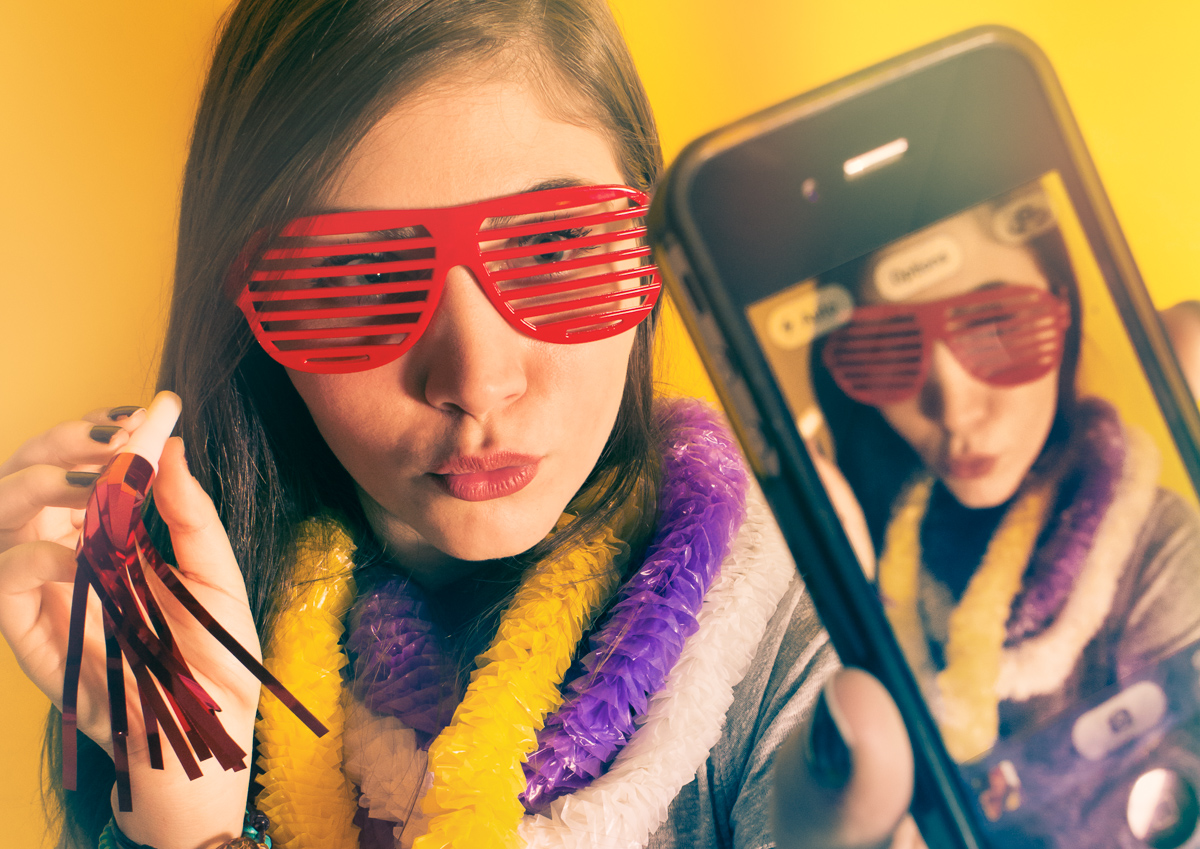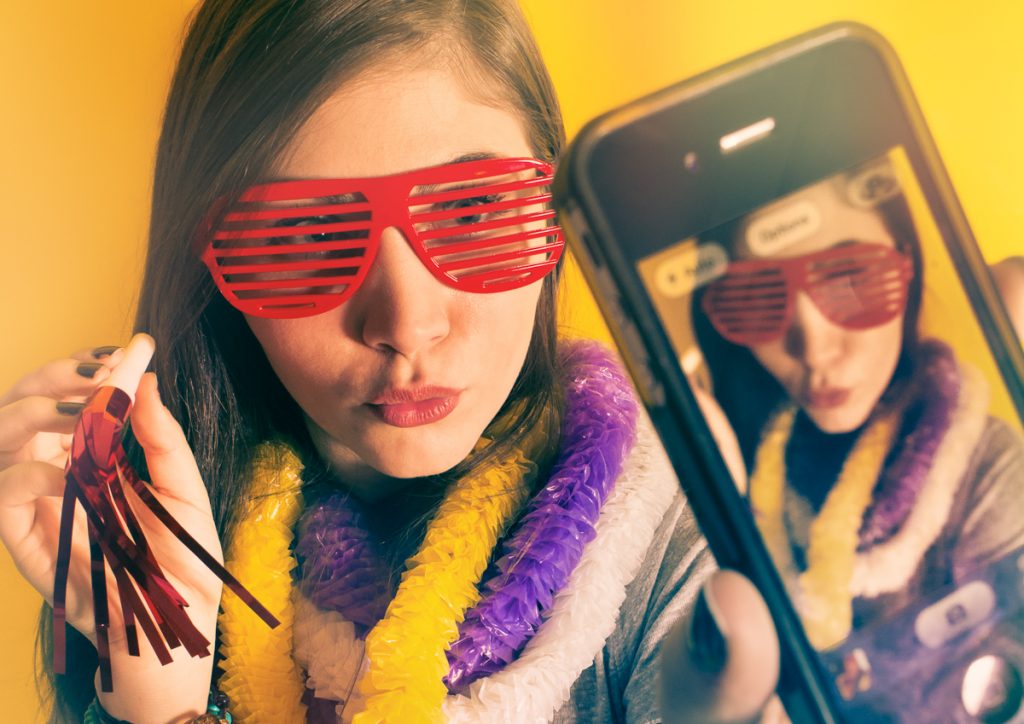Self-portraiture is something that has existed long before the days of smart phones and Instagram. The invention of the mirror in the 1500s gave a platform for artists to explore the canvases of their own face and bodies, giving them control over how they appear. Social media and smart phones have taken this idea, and morphed it into what we now know as a “selfie.” Many are quick to label them as narcissistic and vain, but when it comes down to it, selfies are essentially born from the human need to connect, share, and belong.
Selfies were much spoken about in 2013, with Oxford English Dictionary naming it word of the year, and Hollywood actor James Franco being pegged as Selfie King on the Today Show. Franco published a piece in The New York Times called “The Meanings of the Selfie.” His article touched on the relation between selfies and the need to stay connected and promote oneself. From celebrities, politicians, adventure seekers, and most of all, everyday citizens, 2013 was the year of the selfie, and it is not surprising or really that alarming.
Many argue that selfies are plaguing social media. It’s part of the whole blasé “I don’t care” attitude that people have towards others online. If you’re on Instagram, Facebook, or other sites and applications that provide a photo-sharing platform, then you’re going to have to expect the occasional selfie popping up on your news feed.
It’s not just about showing off; there is a psychology behind the action. The BBC published a short video where two experts, Lisa Orban and Andrew Przybylski, spoke of the human behavior associated with the taking of selfies. Orban called it a means of safe and controlled self-exploration, which is especially important in adolescents. Przybylski also mentioned a link to the psychological theory of “relatedness need-satisfaction,” otherwise known as “the need to belong.”
Essentially, selfies are a way of connecting. It’s an instant connection, a way of saying “I’m here!” Yes, it is a way of saying, “Look at me! look at me!” but is that anything new? It’s something humans have been doing all along in different ways.
Technology has now provided an instant platform for this behaviour and need to manifest itself. It’s a small way of making a mark, and leaving something behind. These photos are labelled as narcissistic, and that masks the need to connect that lies behind them. The action is focused on oneself, but it reveals a lot about the search and need for belonging, especially with the “likes” and “views” that these photos accumulate online.
This is why applications like Snapchat are so popular; it is a back and forth instant communication of emotions with those seeking to connect. It’s sharing experiences in the here and now. If one wishes to keep their lives private, that’s fine. No one is holding a smartphone camera to your face forcibly.
Is there such a thing as too many selfies? When one can actually count the amount of time spent taking selfies on a weekly basis, then maybe they should organize and strategize the use of their time. There is a time and place for partaking in this trend, and just like with almost everything we partake in, moderation is key.
It’s quite nice to see what people are up to, and interesting to interact with those who are not always present in our immediate lives. If someone does not wish to see selfies or is that bothered by the photos, there is the option to scroll away or “unfollow.” That’s the magic of social media, haven’t you heard?





